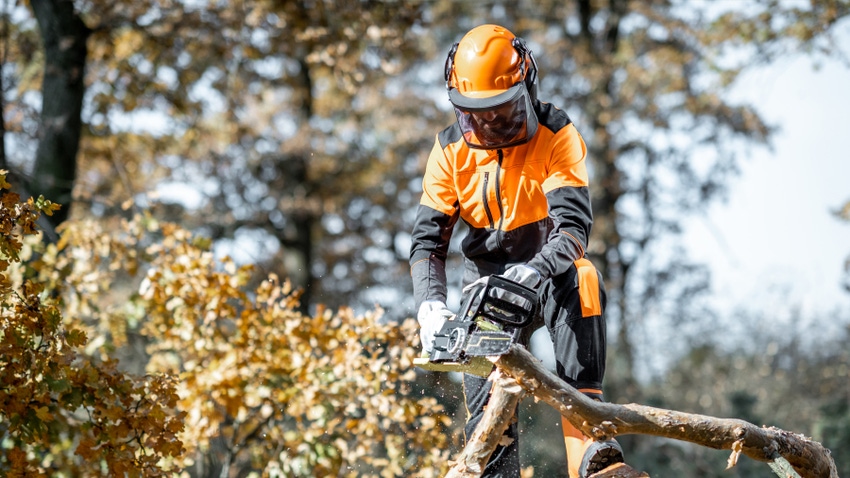August 1, 2023

The Nebraska Department of Agriculture announced in mid-July the presence of emerald ash borer in North Platte.
A tree in the city’s Memorial Park was found with definitive evidence of EAB, including distinctive D-shaped holes in the trunk and winding tunnels below the bark.
The discovery is the westernmost known infestation of this tree-killing pest in the state. In addition, an EAB sample was also identified in a trap at Indian Cave State Park in Nemaha County.
Ash killer
EAB is named for the bright metallic green color of the adult beetles. The insect attacks and kills all species of North American ash, including white and green ash and cultivars such as autumn purple, Patmore and Marshall’s Seedless ash.
“As EAB populations build over the years, tree mortality will increase,” says Jennifer Morris, forest health specialist with the Nebraska Forest Service (NFS). “With the added stress from drought, North Platte and Indian Cave State Park will experience great losses in the ash canopy over the next decade.”
Residents with ash trees on their property who live within 15 miles of the two infestations should begin making plans to either treat or remove the trees. The optimal time for treatment is spring, although professional trunk injections applied in summer will give some protection.
“Not all ash trees are suitable candidates for treatments,” Morris says. “Because treatments must be done for the life of the tree, property owners should take time to assess their trees, choosing only high-value trees in good health for treatment.”
Other options
Removal and replacement with a different tree may be a better option.
If ash trees are removed, they should be replaced with a diverse selection of trees, not just a few species. This will help avoid another significant loss of the tree canopy when the next serious pest arrives. Fall is an ideal time to plant replacement trees.
NFS recommends contacting insured, certified arborists for tree removals. You can find a list of certified arborists through the Nebraska Arborist Association or International Society of Arborists. NFS also has a useful website for landowners with ash trees at nfs.unl.edu, covering topics such as identification of EAB, selecting an arborist, treatment information, selecting trees to treat and utilization of ash wood.
Native to China, Mongolia, North Korea, South Korea, Japan, Taiwan and the Russian far east, EAB was first discovered in the U.S. in southeast Michigan in 2002. Today, it has been detected in 36 states — including Nebraska in Omaha in 2016 — as well as neighboring states of Minnesota, Iowa, Kansas, South Dakota and Colorado. USDA says that EAB so far has killed tens of millions of ash trees nationwide.
Source: Nebraska Forest Service and USDA
You May Also Like




